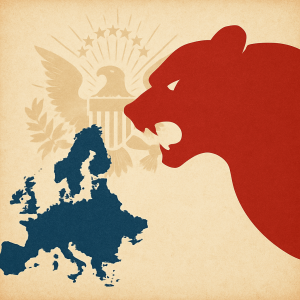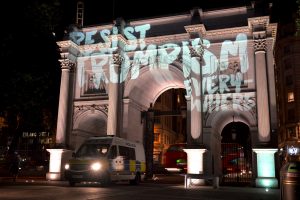Just one word – “ghetto” – and you will understand everything. If you are wondering why it is that France so regularly sees the grandchildren and great-grandchildren of its 60s immigrants – who are French as they were born in France – take to the streets to smash up everything, including the schools, city media libraries and sports facilities that they are going to deprive themselves of in the process, the answer is that they live parked up in blocks of flats which constitute little bits of an “elsewhere” on the outskirts of the big cities.
This is not apartheid. It’s not institutionalised racism, and to be convinced of this, you only have to go into a post office, bank, school, high school, or hospital where you will find account managers, teachers, doctors and even heads of schools or hospitals whose names suggest they are of North African origin. Not to mention sportsmen and women, comedians and artists, celebrities who are often among the most popular personalities in France, French-style integration, through schools and the meritocracy, works infinitely better than people think or say, but its failures are no less obvious.
So a little History. Six decades ago, when major French companies decided, with the agreement of the public authorities, to go to North Africa to recruit the manpower they were so short of as the post-war economic boom opened up construction sites and kept production lines running, there was nowhere to house these men. So they lived in unhealthy shantytowns, the proliferation of which was such a disgrace to France that the social housing built in the suburbs of the big cities was soon opened up to them. At the same time, in the mid-1970s, the Republic authorised “family reunification” – the arrival of families, wives and children, left behind in the village. Mothers who spoke not a word of French and were often illiterate brought up little French children and accompanied them to school.
At home, the television speaks Arabic to the uprooted mothers, while the children grow up in a France where rising unemployment closes the doors to jobs that are more often offered to “native French” than to these “foreigners”, even though they are French. Discrimination is being created, exacerbated by the rift within these families between those who succeed in spite of everything at school – more often girls than boys – and those who are rejected by the school system. The former leave what are beginning to be called the “banlieues”, while the latter remain in these ghettos of poverty and Islam, where delinquency and drug trafficking provide income and develop criminal networks.
Faced with the disaster it had allowed to grow, the Republic abdicates and flees, closing police stations and withdrawing its civil servants. Only the teachers remain, sometimes voluntarily but more often unwillingly. Between Islamists and drug dealers, these areas are becoming outlawed – “the lost territories of the Republic”, they say – and the police only enter them to carry out searches or arrests, suspicious and nervous, booed and attacked. In these ghettos, the Republic is nothing more than repression and the police the enemy of all, the police who carry out “facial checks” in the metro and whom all descendants of immigrants, even the best integrated, therefore consider to be racist.
For a teenager from the ghettos, hatred of the police is total. For a policeman operating in these areas, brutality is an antidote to fear and, in the face of these riots, the only surprising thing is that they are not more frequent. As long as the Republic does not reinvest in these areas, the riots will continue and multiply.



